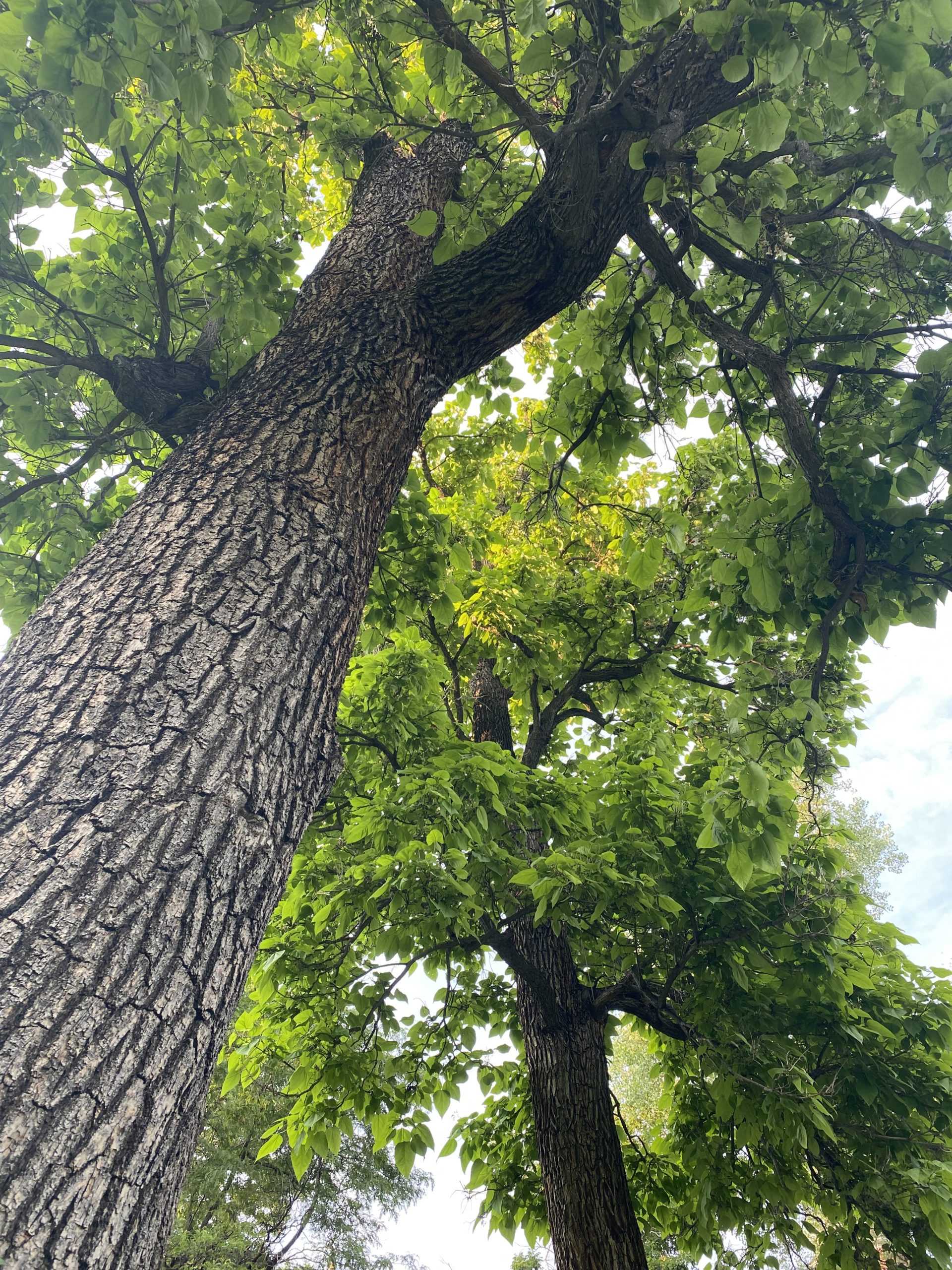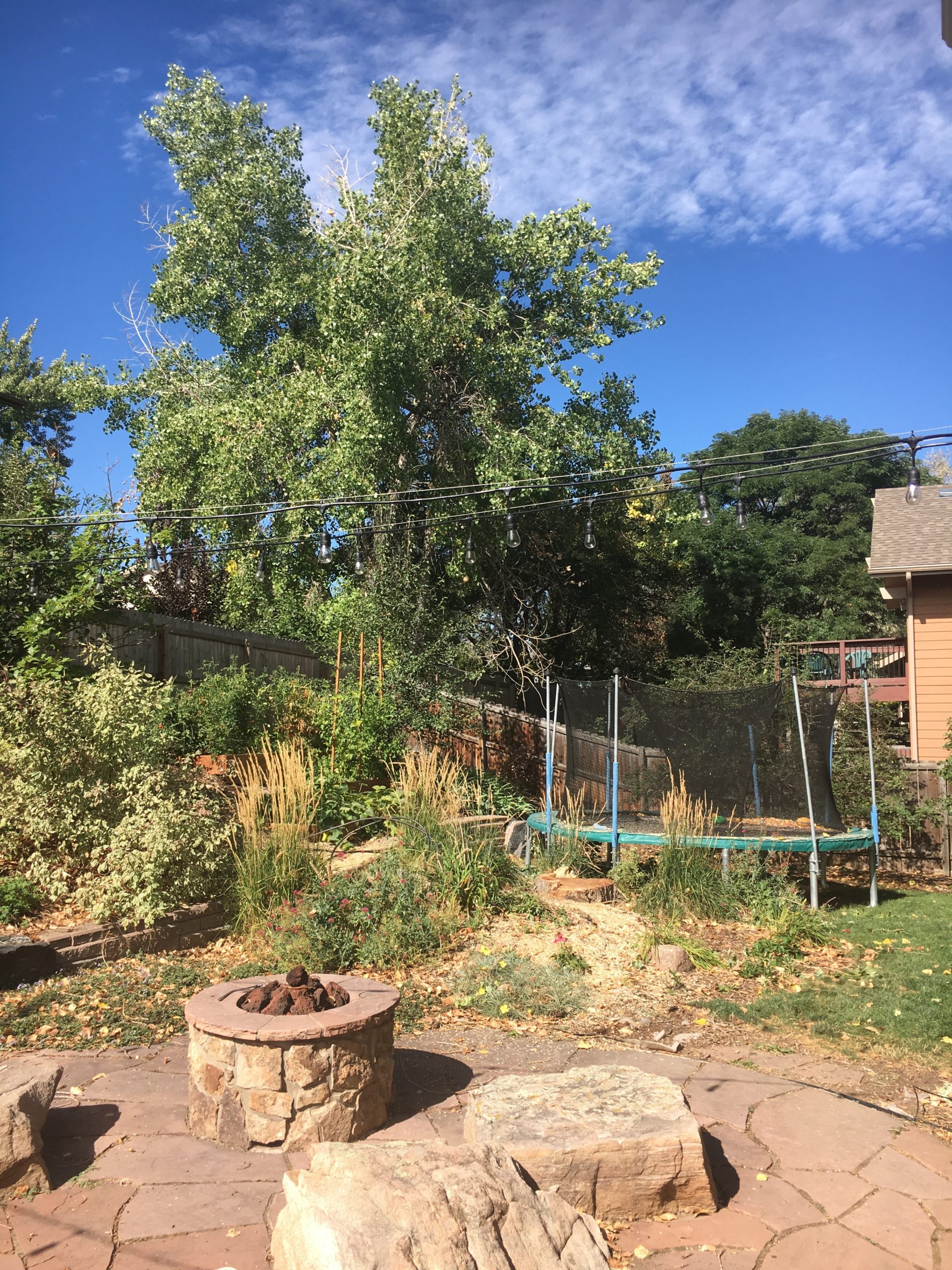
Tree Management Plans
Tree trimming and proactive maintenance in advance of harsh weather will help keep your family safe and save you the hassle that comes with unexpected storm damage to your trees. Wind, rain, snow and ice can break or weaken limbs and may result in falling trees or the need for tree removal. Trees in excess of 12″ in diameter are most likely to cause serious injury or property damage if they fail. Services such as our tree preservation management plans can help you protect your property by assessing the stability of trees with proximity to homes, businesses, driveways, parking spaces, utility structures, walkways, personal property, pet habitats, pools and play areas. Periodic inspections by your arborist and tree pruning at regular intervals are an excellent way to keep your trees protected.
Tree Removal for Hazard Reduction
Tree removal is sometimes necessary when decay, structural decline or significant storm damage makes a tree dangerous. A proactive tree preservation plan will help you identify potential hazards. It’s also a good idea to contact TLC after an especially bad storm if you are unsure about the structural stability of a particular tree.
Tree Trimming and Preventative Maintenance
Tree pruning overgrown trees and shrubs restores aesthetics and structural integrity while improving overall plant health. It is one of the most important tree preservation management practices on your landscape. Tree trimming can also be done for safety and storm damage risk management. A tree trimming expert can reduce limbs. In some cases, we may be able to install cabling and bracing systems to support structurally weak or injured trees on your property. This support helps reduce the risk of storm related injuries and extends the life and well being of your trees.


Cabling and Bracing
A comprehensive tree preservation plan includes cabling and bracing; Processes that restore or improve the structural integrity of a tree that is worth preserving. Individual limbs or the entire tree may be cabled and braced. Fasteners are attached to the weakened limb and the main trunk. Using ropes or chains, tension is applied to the weakened limb. Heavy duty cables are then prepared and attached to each fastener to provide the correct amount of support for the weakened limb.
Cabling consists of installing steel cables between major limbs and trunks to help support weak trees during high winds and storms. TLC helps your trees to avoid breaking by cabling them to provide much needed strength and avoid flying debris that can damage property.
Bracing, on the other hand, is a process designed to straighten undesired bends and other deformities in a tree by applying corrective forces to areas of a tree like the trunk. This is usually accomplished by using a turnbuckle device to exert force at a desired point of application that can be adjusted as a tree responds to the pressure to continue straightening.
While it sounds like a relatively simple process, it takes a great deal of technical expertise and experience to know how to go about it in a manner that protects the longevity of the living tree and the safety of those around it. Cabling and bracing also help trees during heavy snow or excessive ice, giving them the support they need to handle the loads placed on their branches by the weight of snow and ice that can cause your trees and tree branches to literally snap under the weight.

